Every field has its special lingo that we may come across every now and then. We may even be using it more or less correctly, sometimes without knowing the exact definition — or the right pronunciation. Just like any other field, interior designers have their own jargon that they use in their domains. And if you have an interest in home renovation and styling, it can be a good idea to familiarize yourself with a few interior design terms. By having a decent knowledge of this vocabulary, not only will you have a clue what your interior designer might be talking about, but you'd also be adding a few fancy words up your own sleeve —what better way to sound sophisticated in a conversation than saying words like chinoiserie or trompe l'oeil?
Art Nouveau: A type of interior design that is defined by curved lines, blanched colors, and natural materials. Art Nouveau thrived between 1890 and 1910 throughout the western world and has recently made a comeback in the applied arts.
Bauhaus: A design style that is based on a prominent German Art School which was active from 1919 to 1933. The Bauhaus design follows a simple modernist style defined by the use of geometric shapes, clean lines, and smooth surfaces. Today, Bauhaus is a popular choice among minimalists as well as modernists.
Bouclé: (coming from the French word boucler, meaning “to curl”) A textile known for its looped yarns that form a heavy texture when woven. Besides upholstery, bouclé is also a common choice of fabric in fashion design.
Cabriole Leg: A decorative furniture leg that features a double-curve shape, with the upper side being convex and the lower concave. The cabriole shape gets its inspiration from the legs of certain animals.
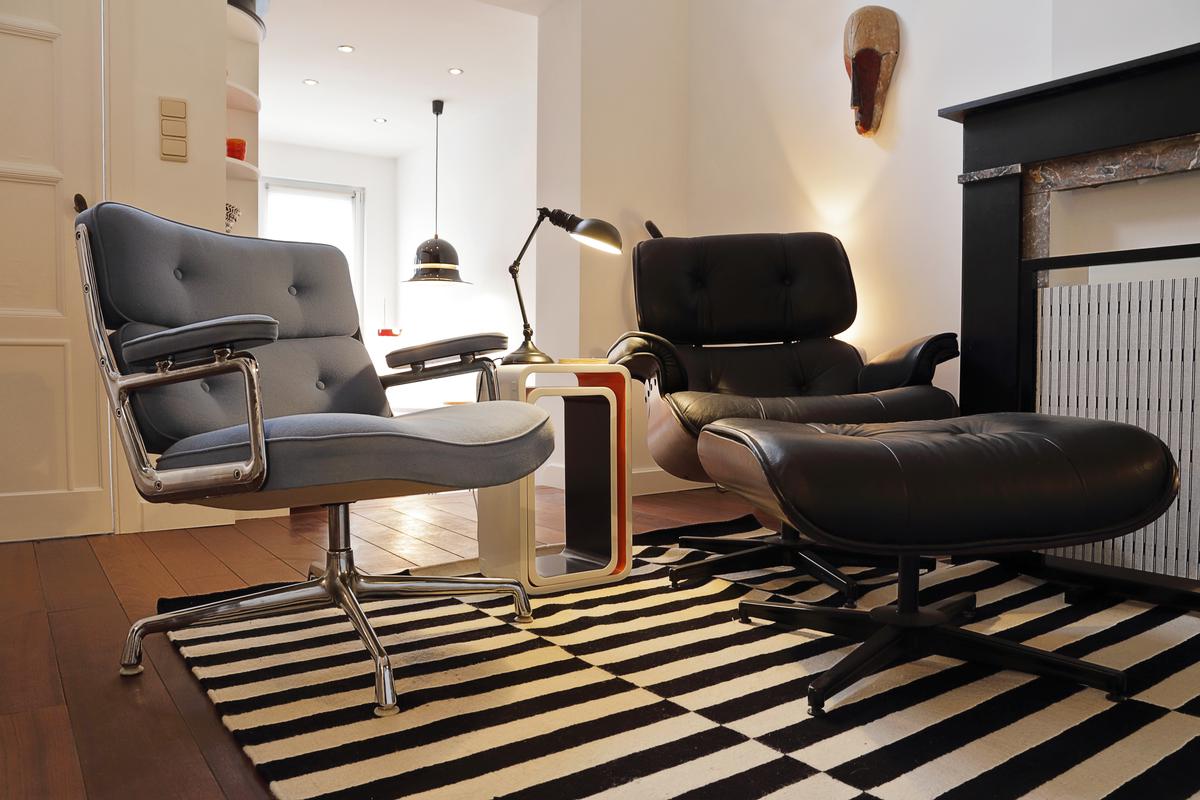
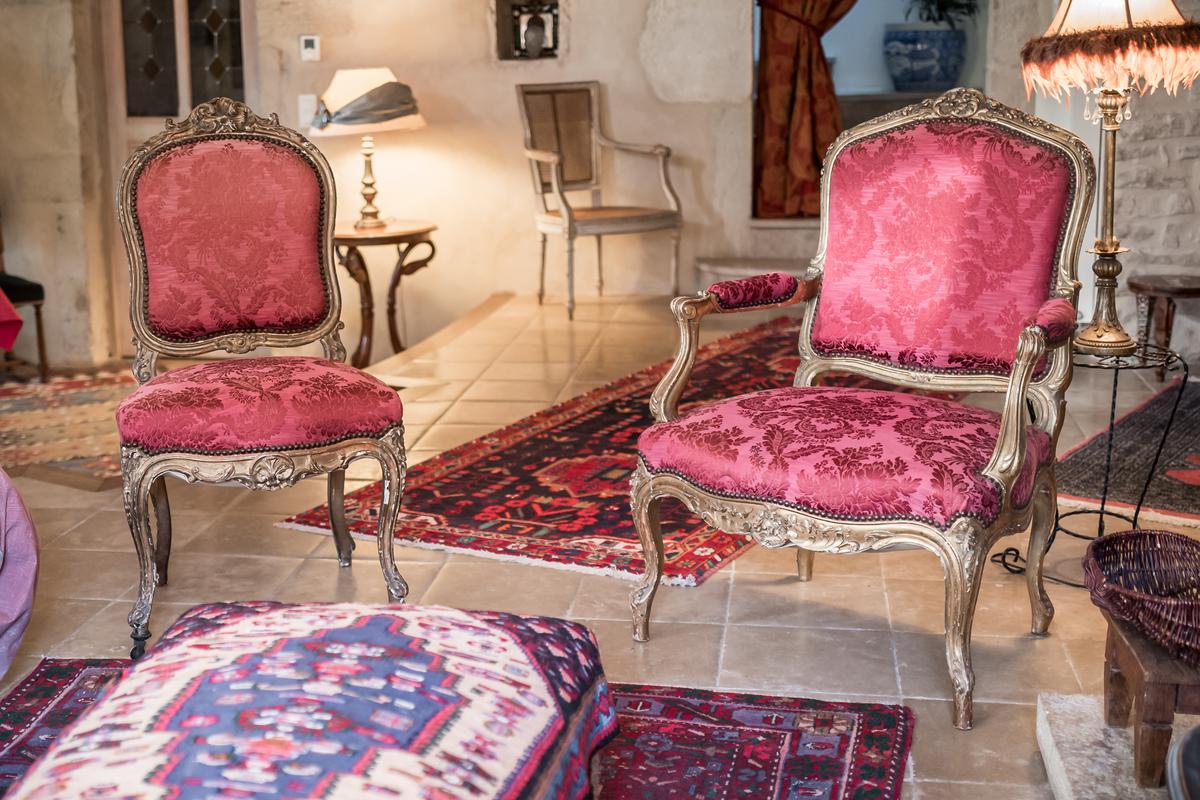


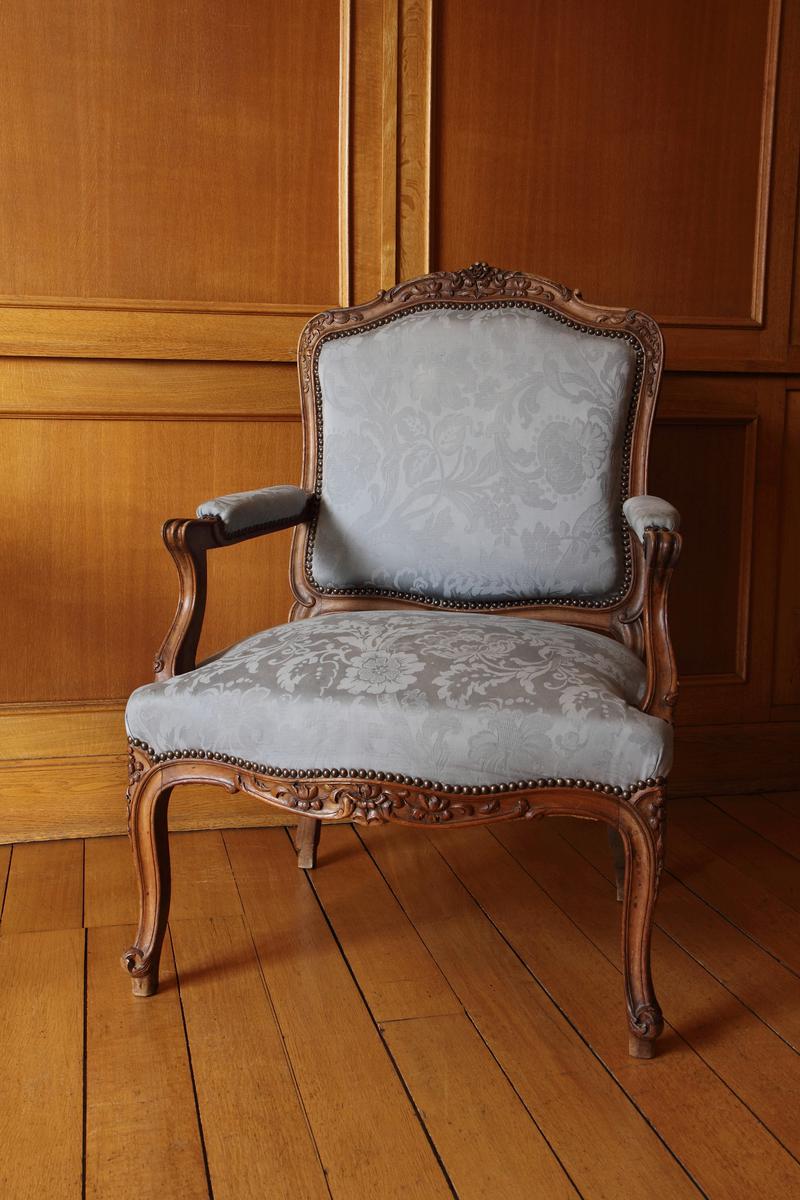
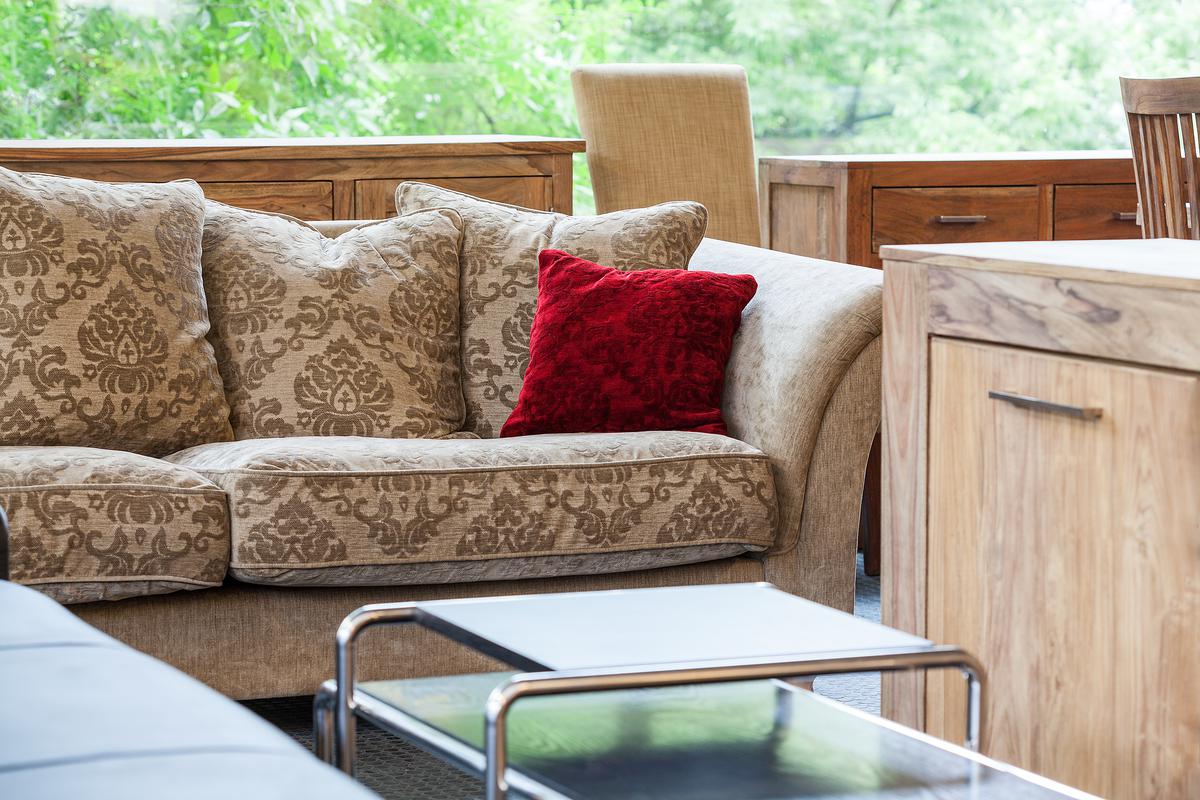
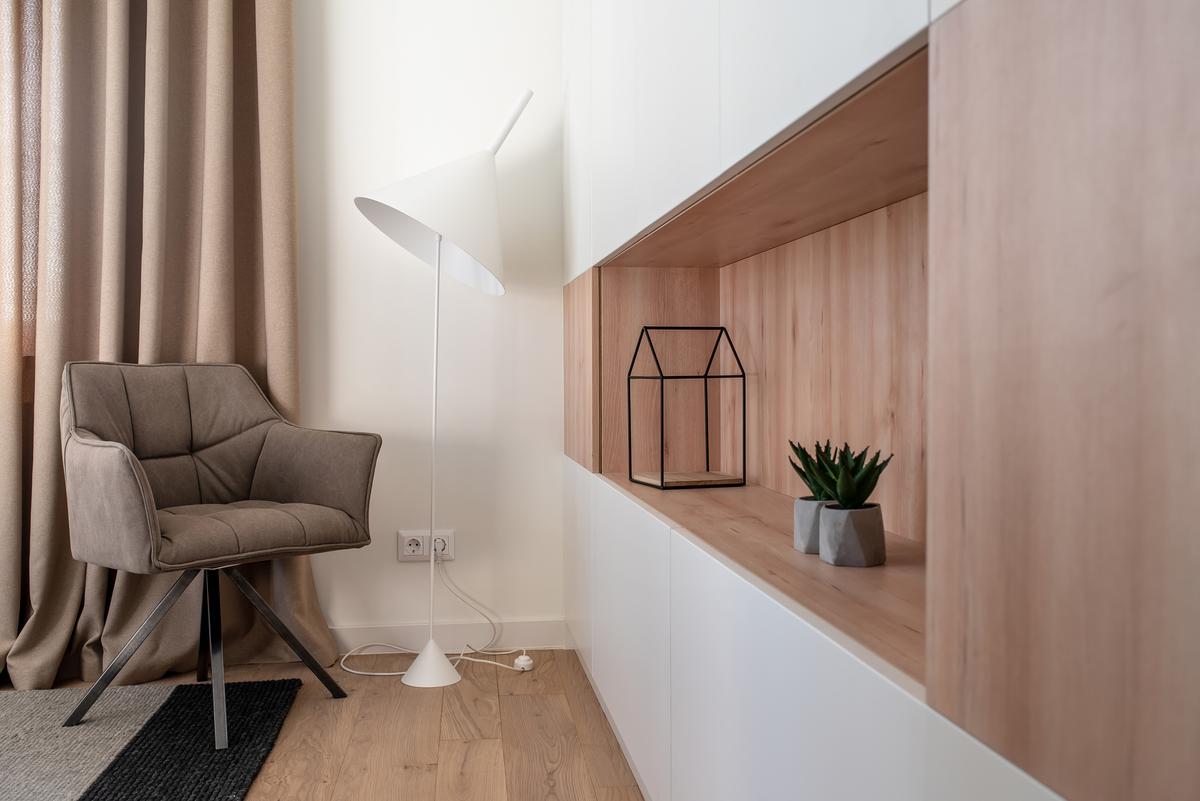
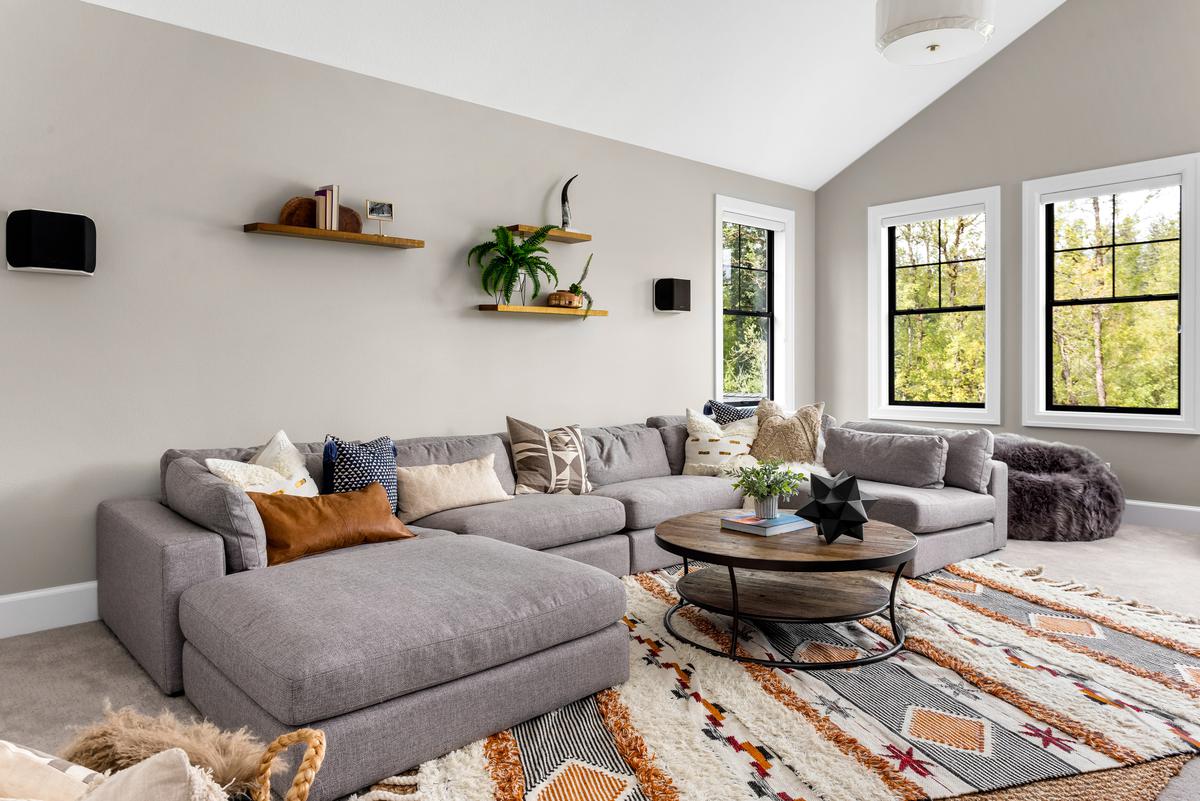
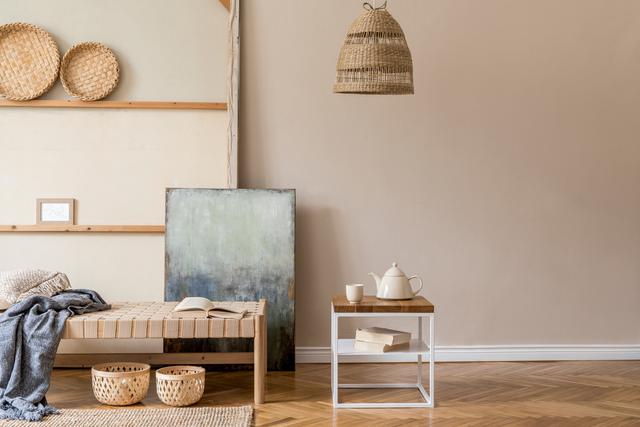
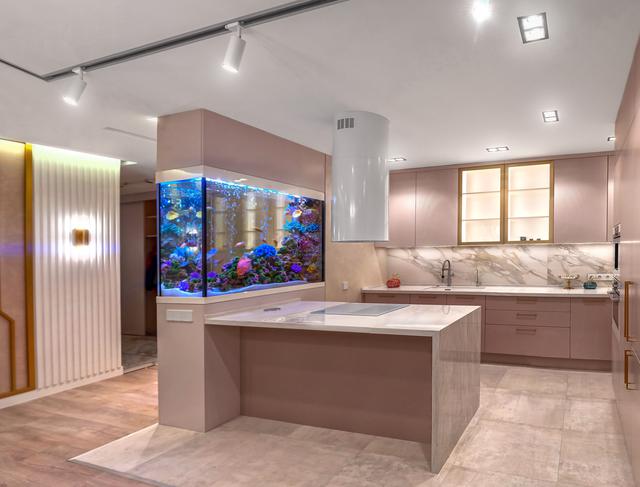
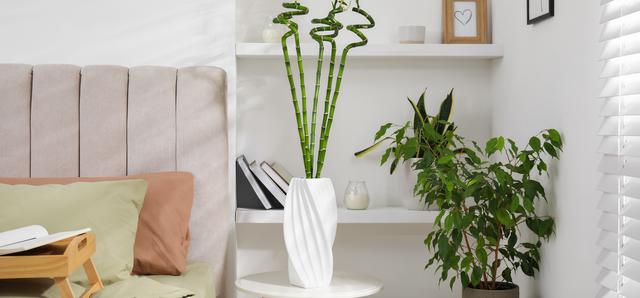
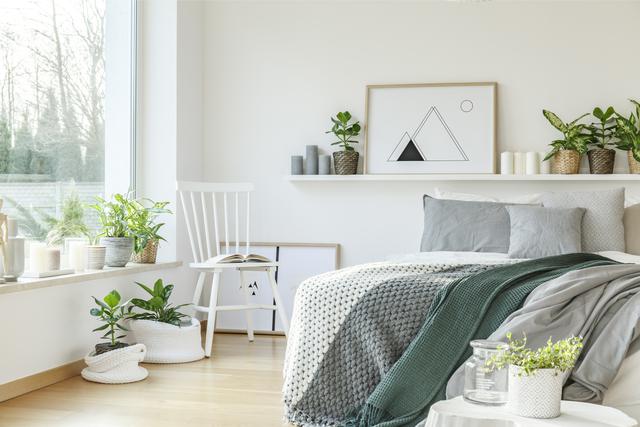
comments